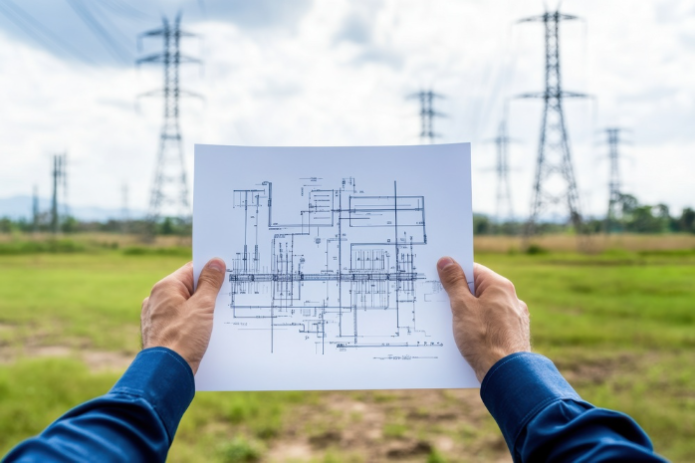Flip a switch, and light fills the room—a simple act powered by complex systems of precision and planning. Behind that seamless flow of electricity lies the foundation of modern infrastructure: Commonwealth substation engineering and design. These systems form the vital link between power generation and the communities that depend on it, ensuring that renewable and conventional energy sources work together in harmony.
The Challenge of Unpredictable Power
Integrating renewable energy—like wind and solar—into the national grid requires balancing supply and demand across constantly shifting conditions. Traditional power plants can adjust output on demand, but renewable sources depend on weather. When the wind drops or clouds roll in, substations must respond instantly to stabilize voltage, manage load, and protect critical equipment from fluctuations.
Smart Solutions for Smarter Substations
Modern substations are evolving into intelligent nodes within the grid. Automation, sensors, and digital relays allow operators to monitor and adjust energy flow in real time. Coupled with large-scale storage systems, these smart designs capture surplus electricity from renewables and discharge it when production dips—creating a more flexible, reliable grid. Predictive analytics and AI-enhanced weather forecasting now enable engineers to anticipate shifts in renewable output and plan system responses before they happen.
The Balance Between Legacy and Innovation
Today’s substations must bridge old and new technologies. Gas-fired plants, hydroelectric stations, and renewable farms all feed into the same transmission network. Substations mediate this “energy handshake,” ensuring seamless transitions as output fluctuates. They transform raw generation into steady, usable power while maintaining safety and efficiency standards demanded by modern consumers.
Interconnected Reliability
Regional coordination strengthens the entire power system. Substations across state lines work together to distribute excess solar power from California or wind energy from Texas to where it’s needed most. This interconnected approach reduces the risk of local outages and enhances the overall resilience of the grid.
The Future of Power Infrastructure
The future of substation engineering is digital, adaptive, and sustainable. Engineers are designing systems capable of self-diagnosis, predictive maintenance, and near-instant fault detection. These advancements ensure that renewable integration doesn’t compromise reliability—it enhances it.
Conclusion
Substation engineering and design are redefining how we generate, store, and distribute power. By uniting advanced automation, intelligent controls, and regional cooperation, we’re building a smarter, cleaner grid—one capable of lighting the world reliably, one switch at a time.


